Tainan is the oldest city in Taiwan and is commonly known as the "Capital City" due to its more than 200 years of history as the capital of Taiwan under the rule of Koxinga and later the Qing Dynasty. The city's complex history of resurgence, redefinition, and renewal has earned it the popular nickname "Phoenix City." As Taiwan's oldest urban area, Tainan was established by the Dutch East India Company as a ruling and trading base known as Fort Zeelandia during the Dutch colonial period. The city's previous name, Tayouan, is believed to be the origin of the name "Taiwan."
Tainan is also regarded as one of Taiwan's cultural capitals, renowned for its rich folk cultures, including its famous street food and traditional cuisine. It has diligently preserved Taoist rituals and a wide range of living local traditions that encompass various aspects of life, from childbirth to funerals. The city is home to Taiwan's first Confucian school-temple, constructed in 1665, as well as remnants of the Eastern and Southern gates of the old city and numerous other historical landmarks.
Shennong Street (神農街)
Shennong Street was formerly known as "Beishi Street". It is currently the best-preserved old street in Tainan City and serves as the main base for the "Five Port Cultural Park". During the early Qing Dynasty, the "Five Ports" served as the main gateway to Taiwan, with Shennong Street located at the center of the port area. It was a bustling and lively street during that time.
The street is approximately 4 meters wide and 300 meters long. The complex property rights make it difficult to rebuild the old houses on the street. Nevertheless, many of the old houses still maintain the architectural style from the Qing Dynasty and the early Japanese rule, serving as witnesses to the historical development of the region. The street was known for its trade of valuable Chinese herbal medicines, attracting merchants and leading to the establishment of numerous Chinese medicine shops. Consequently, the street was eventually renamed Shennong Street.
Currently, the street is surrounded by various monuments, street temples, and remnants of old industries. It has also given birth to many famous folk activities. Inspired by the success of Hai'an Road and the art street, an increasing number of young people are venturing into the old streets. They have transformed the gradually declining old street into an innovative art space, effectively preserving the historical environment while infusing it with artistic elements. Shennong Street is now adorned with art studios, enhancing its artistic atmosphere. It is said that the street is particularly beautiful at night.
See also: Historic places of Tainan City (part II)
Fengsheng Temple (風神廟)
Fengsheng Temple was originally constructed in 1739. At that time, the temple consisted of a front-entry building with a main entrance, an official hall, Fengsheng Temple, and a Tuas Hall. In 1777, Jiang Yuanshu built a mansion on the east side of the temple to accommodate officials residing in Taiwan.
During the Japanese occupation in 1918, the second half of the original temple building was demolished, and the statue was relocated to the official hall. In 1924, thanks to local fundraising efforts, the temple was rebuilt. Unfortunately, the stone clock tower, which was erected during the Japanese occupation, and the structure of the drum tower were damaged in the 2016 earthquake. This historical site suffered the most severe damage during the earthquake.
老古石街百年古井
The Old Ancient Stone Street is constructed using coral sedimentary rocks. During the Qing Dynasty, traders in Taiwan often used these rocks as ballast stones, which were also utilized by the local people in constructing buildings. The base material of the "Ping Yue Gate" was made from the same type of stone.
Within the lanes of the street, one can still find hundred-year-old wells, the only remaining pavilions in the gardens, and stone pillars along the side of the city wall, all of which bear witness to the changing times and tell their own stories.
Duiyue Gate (兌悅門)
Duiyue Gate, also known as the Rocky Gate, was built in 1836. It is located on Xinyi Street and is the only gate that remains standing today. In the past, this area was connected to waterways where ships transported stones. Over time, with the evolution of history and changes in the landscape, the significance of the city gate has shifted. Tainan used to have 14 gates in the past.
The old city gate and the Wenqing new store on Xinyi Street represent the essence of the old town. Xinyi Street has also become another renowned old street in Tainan, following in the footsteps of Shennong Street, with its classic appearance. Additionally, Xinyi Street has opened several specialty shops, adding to its charm and character.
God of War Temple (祀典武廟)
This temple was originally built in 1663 by Zheng Jing, the eldest son of Koxinga. It underwent renovations and expansions in 1690 and 1716, respectively. In 1725, the shrine of Guan Yu's family was added, and in 1727, it was officially designated as a temple. The architectural style of the temple is typical of the Ming Dynasty in Fujian.
One notable feature of the temple is its long, tall red wall, known as the "horseback style wall." The temple has five roofs, with the most ornate one referred to as the "swallow tail" roof. The main entrance is adorned with three red doors. The central door is decorated with 72 studs, while the smaller doors have 54 studs each. The temple is also embellished with carvings of animals such as elephants, dragons, and Qilin, believed to protect the temple from evil. Lotus-shaped decorations secure the structure of the beams, and the entire temple was constructed without the use of any nails. The windows are designed in the shape of traditional Chinese coins, round with a square hole in the middle.
Inside the temple, there is a statue of Guan Gong, which was brought from Fujian. On the right side, you can find his son, Guan Ping, and on the left, his bodyguard, Zhou Cang. Towards the back of the temple, on the left side, there is a smaller temple dedicated to Guanyin. On both sides, you can see statues of the 18 arhats, representing Buddhist monks. Additionally, on the left side of the Guanyin Temple, there is a temple dedicated to the Examination Gods, where students pray for good luck. On the opposite side of the Guanyin Temple, you can find the Yue Lao Temple, where single people pray for luck in finding their soulmates. Behind the Guanyin Temple, there is a small courtyard. On the right side of the courtyard, there is a temple worshipping the deity of fire. There is also a small fish pond with goldfish, believed to bring prosperity, as well as a 300-year-old plum tree.
Trick Gate (隘門)
The Trick Gate is a traditional Chinese building commonly found in villages and urban streets. It serves as a defensive structure with brick wall doors and single-opener gates that are closed at night to ensure the safety of residents. In addition to deterring thieves, these structures also help prevent conflicts among different ethnic groups.
In Taiwan, the Trick Gate style is primarily inherited from Hakka or Minnan traditional buildings. Its main function is to protect against invasions by thieves and maintain security within the community.
Chikhan Tower (赤崁樓)
Chikhan Towerwas originally built in 1653 by the Dutch as Fort Provintia. Today, what remains are the Confucian and Taoist temples constructed by the Han Chinese on the castle grounds. In April 1661, Zheng Chenggong, guided by He Bin (a Hakka and former Dutch general), crossed the Taijiang River to attack the city. After a nine-month siege, Zheng Chenggong captured the city of Reimen, bringing an end to the 38-year rule of the Dutch East India Company in Taiwan. However, within half a year, Zheng Chenggong passed away. His son, Zheng Jing, returned to Taiwan from Xiamen, defeated his uncle Zheng Shi, and ascended to power. In 1664, he established his rule in Dongdu and renamed it Dongning. During Chengtianfu's reign, Chikhan Tower was used as a gunpowder storage facility.
In 1721, the iron door and weapons of Chikhan Tower were removed. The structure has since suffered damage from typhoons and earthquakes, leaving only the four remaining walls visible today. In 1786, the Qing government inscribed the historical events on ten rectangular stone tablets. The inscriptions were written in Chinese and Manchu on all sides, with one of the tablets given to Zhu Luo and placed near the East Gate in Chiayi. After the earthquake in 1906, it was relocated and stored in Chiayi Park. The remaining nine tablets are located in the vicinity of Nanmen Road.
During the latter half of the 19th century, various buildings such as Tuas Hall, Tanah Lot, Penghu Academy, Wenchang Pavilion, and Wuzi Temple were constructed on the original site of Chikhan Tower. During the Japanese occupation, Tanah Lot, Wenchang Pavilion, and Wuzi Temple were utilized as hospitals and student dormitories. In 1921, when the Japanese demolished the area, they rediscovered the old fort and the remains of the Dutch fort in the northeast corner, including the gateway to the basement of the fortress. After the war, in 1974, the site was rebuilt and transformed into the Tainan City Historical Museum.
Originally, Chikhan Tower was situated close to residential buildings, with its entrance and exit located on the side of Akasaka Street. During World War II, the Governor's Office established an air defense open space in the vicinity. After the war, the former air defense site temporarily became a gathering place for vendors. The nine monuments of Chikhan Tower were relocated from Da Nanmen in 1960. In 1983, the Ministry of Internal Affairs declared Chikhan Tower as a national first-class monument.

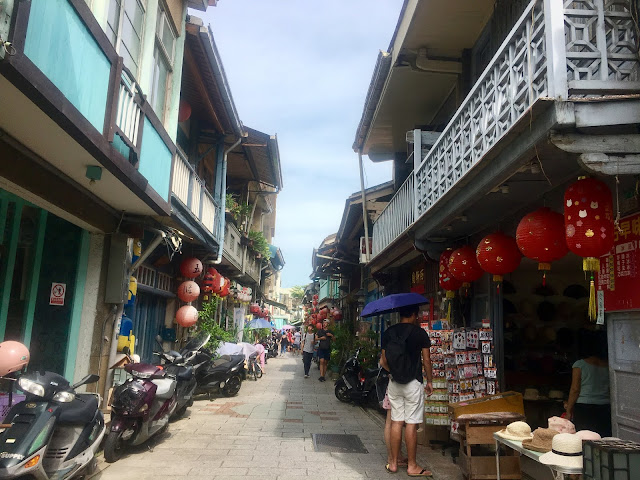



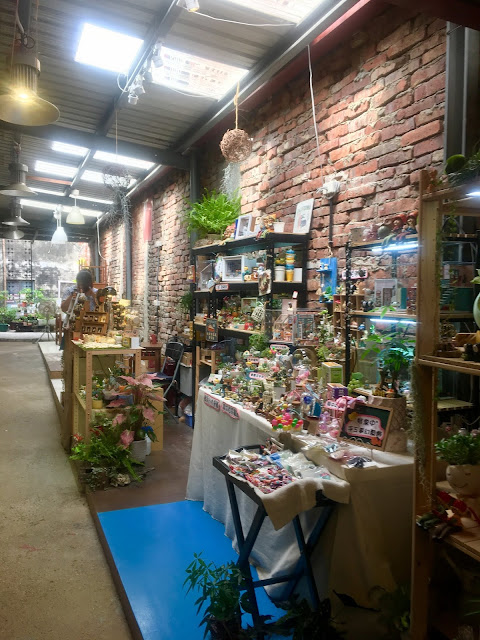
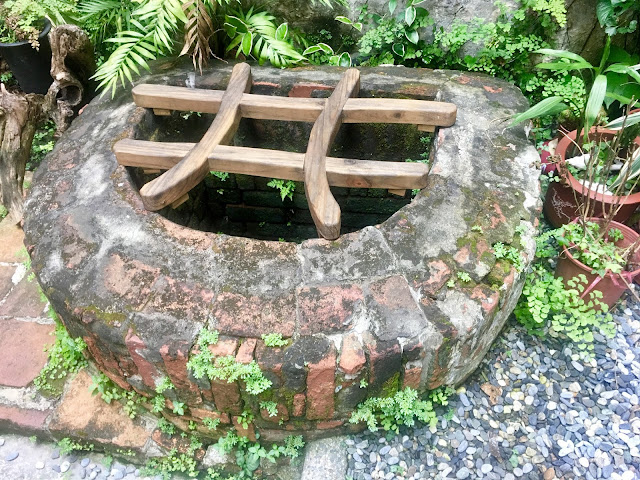
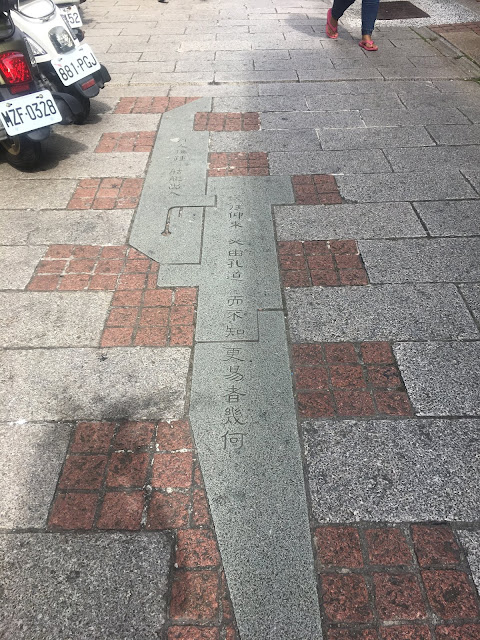


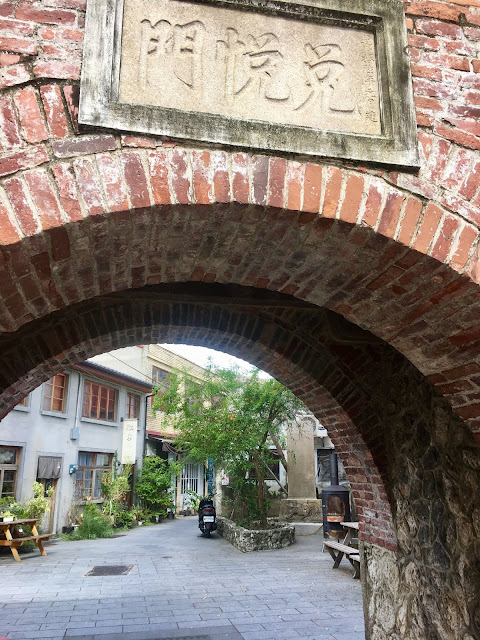
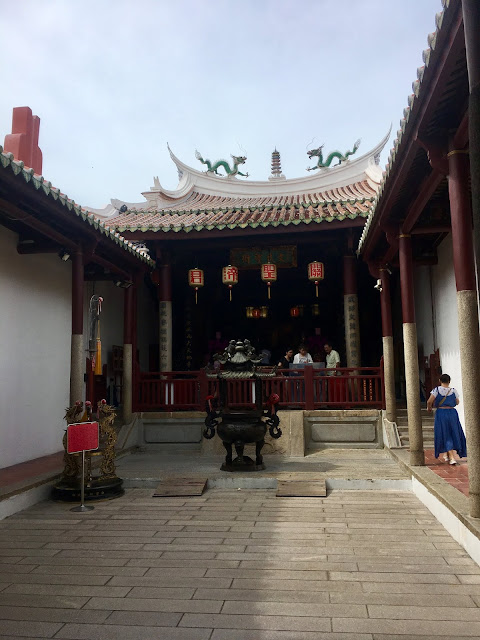

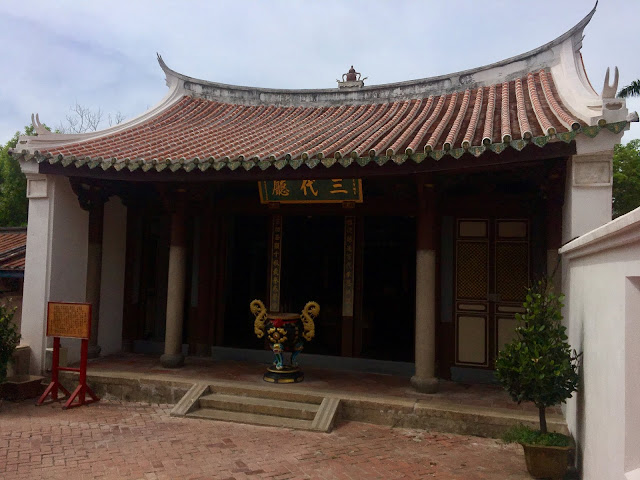



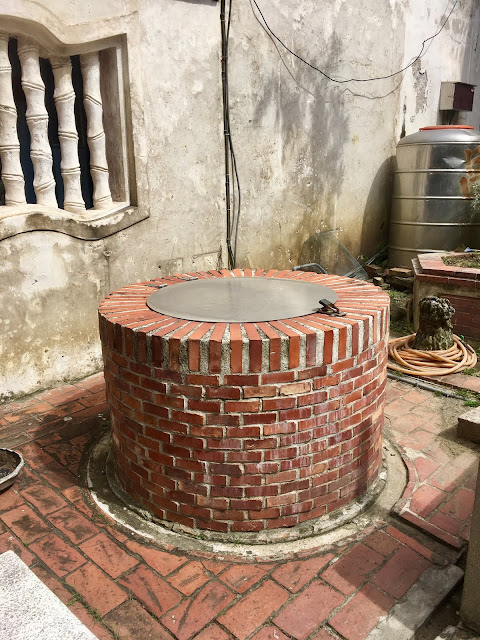







0 komentarze:
Post a Comment